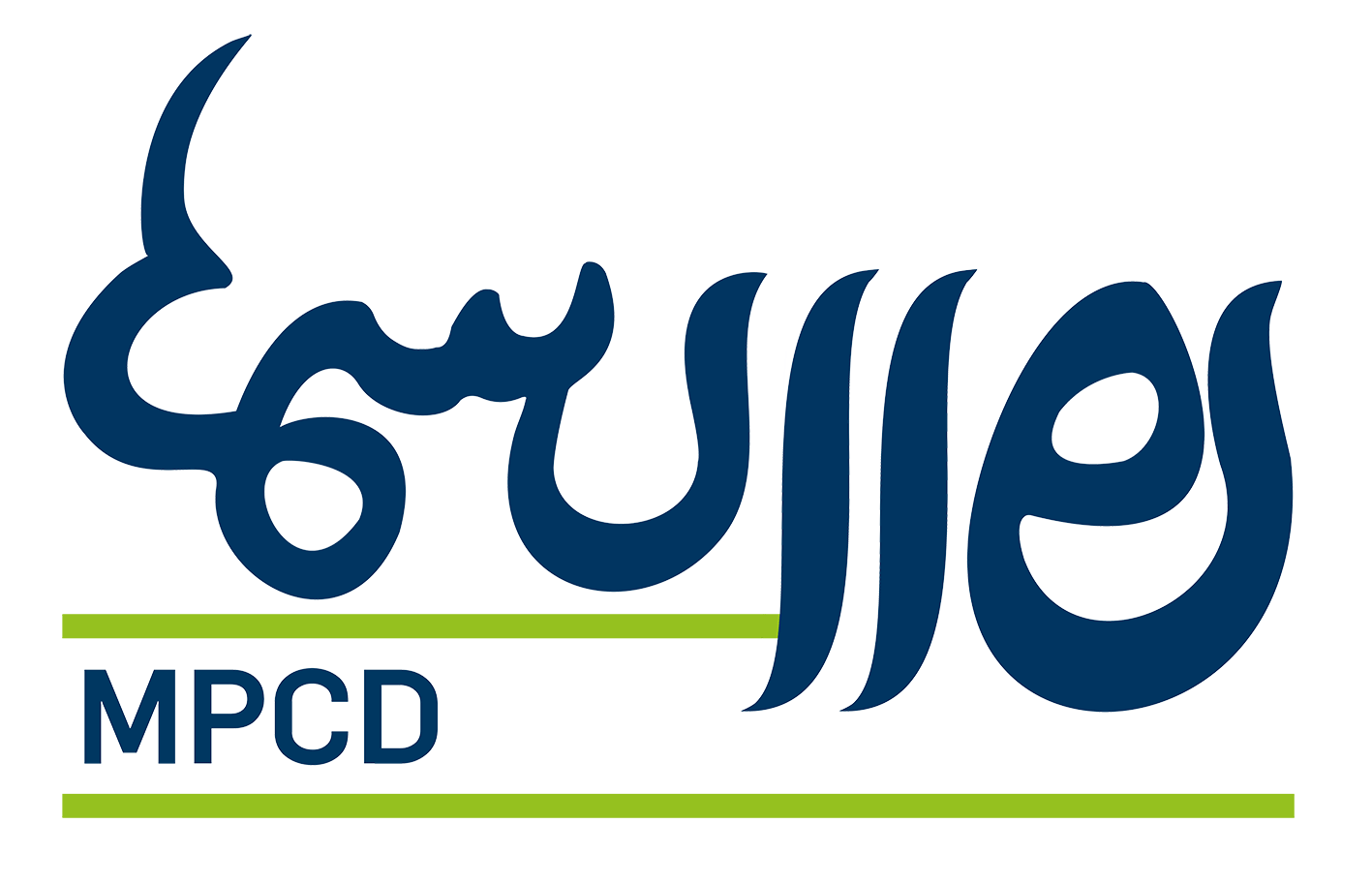
Resources
Handbooks
Handbook Text encoding
The “Handbook Text encoding” describes the workflow from manuscript to the digital form of the text. It explains how the data is transferred into a table structure, which is the temporary means of processing data. This includes the indication of text structure, transliteration & transcription as well as special encodings (e.g. of diacritics or typos).
Handbook Morphology
The “Handbook Morphology” describes the annotation of part-of-speech and grammatical features following the Standard of Universal Dependencies (UD) . Sorted by part-of-speech, the handbook gives a detailed overview of Middle Persian word forms and their corresponding tags.
Handbook Syntax
The “Handbook Syntax” explains the basic principles of the Dependencies Standard (UD) for syntactic annotation. It lists various syntactic structures and exemplifies the adaptation of UD to Middle Persian.
Kosh
To facilitate our lexicographical work, we began with the digitization of the more important available Middle Persian dictionaries and glossaries already before the start of the project. To make this material machine-readable, it was subsequently transformed into a simple XML format. The use of Kosh, a framework developed by CCeH, allows the user to search through several dictionaries and glossaries in one combined query.
As is well-known to anyone engaged in the philology of Pahlavi, the past century has seen the use of several conflicting systems of transcribing the Pahlavi script. The dictionaries and glossaries digitized for MPCD have therefore been supplied with a transcription according to the MPCD standard, which essentially follows MacKenzie’s Concise Pahlavi Dictionary (London 1971). Thanks to this, the users may now search through all of the digitized dictionaries without having to take into account the diverging transcription systems used by the respective authors.
The digitized materials coupled with Kosh constitute an important tool for our work. In order to allow a broader public to benefit from this tool, we have made some of the dictionaries and glossaries accessible to the scholarly community (https://dicts.uni-koeln.de/). The following digitized works have so far been added to the publicly accessible section of Kosh. We seek to expand this list in the future:
| AWN | Glossary of the Ardā wirāz nāmag by Fereydun Vahman (1986) |
| DMX | Glossary of the Dādestān ī mēnōy ī xrad by Ahmad Tafazzoli (1348) |
| GBd | Glossary of the Great Bundahišn by Mehrdād Bahār (1345) |
| GPV | Glossary of the Pahlavi Wīdēwdād by Dinshah D. Kapadia (1953) |
| LFV | List of Finite Verbs Compiled by Jügel (2015) and Cemile Çelebi and Narges Eskandarnia (2019-2021) |
| PYV | Glossary of the Pahlavi Yasna & Visparad by Ervad Bamanji Nasarvanji Dhabhar (1949) |
| ŠnŠ | Glossary of the Šāyest nē-šāyest by Maḥmūd Ṭāvūsī (1365) |
| WZ | Glossary of the Wizīdagīhā ī Zādspram by Philippe Gignoux and Ahmad Tafazzoli (1993) |
Bibliography
- Bahār, Mehrdād. 1345. Važenāme-ye Bondaheš (Glossary of Pahlavi Bundahesh) . 17 vols. Tehran: Entešārāt-e Bonyād-e Farhang-e Irān.
- Dhabhar, Bamanji Nasarvanji. 1949. Pahlavi Yasna and Visperad. Bombay: The Trustees of the Parsee Punchayet Funds and Properties.
- Gignoux, Philippe, and Ahmad Tafazzoli. 1993. Anthologie de Zādspram. Édition critique du texte pehlevi traduit et commenté . Cahiers de Studia Iranica 13. Paris: Association pour l’Avancement des Études Iraniennes.
- Jügel, Thomas, Narges Eskandarnia, and Cemile Çelebi. 2022. “List of Finite Verbs.” n/a.
- Kapadia, Dinshah D. 1953. Glossary of Pahlavi Vendidad . Bombay.
- Tafazzoli, Ahmad. 1348. Vāženāme-Ye Mīnū-Ye Xerad. Entešārāt-e Bonyād-e Farhang-e Īrān 63. Tehran: Bonyād-e Farhang-e Īrān.
- Tāvūsī, Maḥmūd. 1365. Vāženāme-Ye Šāyast Našāyast . Teherān.
- Vahman, Fereydun. 1986. Ardā Wirāz Nāmag. The Iranian ‘Divina Commedia.’ Scandinavian Institute of Asian Studies Monograph Series 53. London: Curzon Press.
Using Kosh
- First, the user has to select the dictionaries to be searched. The simplest approach is to select all of them.
- Next, one has to select the specific field that is to be searched. In most cases, the relevant field will be “trc” (transcription), but other fields such as “sense” (meaning) are searchable as well.
- Under “Query Type”, the most relevant options to be chosen are “wildcard” and “regexp” (regular expressions).
- Through the drop-down menu “Query Size”, the results shown may be restricted to a certain number.
- By entering a keyword (e.g., a Middle Persian word in transcription, optionally enlarged by wildcards) into the “Search”-field, followed by a click on “Search”, the search is initiated.
- One is further able to define the fields to be shown in the search result: identifier (“id”), transcription (“trc”), transliteration (“trl”), meaning (“sense”), morphological features (“gramm”), attestations (“attest”), etc.
Zotero
We are compiling an extensive bibliography on publications related to MPCD in a Zotero database.
Manuscripts
Timeline of Manuscripts

Texts
| Sigle | Title |
|---|---|
| AAM | Andarz ī anōšag ruwan ādurbād māraspandān |
| AOD | Andarz ī ōšnar ī dānāg |
| Aog. | Aogǝmadaecā |
| ASS | Abdīhā ud sahīgīhā ī sīstān |
| AWM | Ayadgār ī wuzurg-mihr |
| AWN | Ardā wirāz nāmag |
| AZ | Ayādgār ī zarērān |
| ČHP | Čīdag handarz ī pōryōtkēšān |
| DA | Draxt ī āsūrīg |
| Dd. | Dādestān ī dēnīg |
| Dk3 | Dēnkard 3 |
| Dk4 | Dēnkard 4 |
| Dk5 | Dēnkard 5 |
| Dk6 | Dēnkard 6 |
| Dk7 | Dēnkard 7 |
| Dk8 | Dēnkard 8 |
| Dk9 | Dēnkard 9 |
| DkC | Dēnkard Colophon |
| DMX | Dādestān ī mēnōy ī xrad |
| ENN | Ēwēnag nāmag nibēsišnīh |
| GA | Mādīgān ī gizistag abālīš |
| GBd. | Great Bundahišn |
| Hēr. | Hērbedestān |
| HKR | Husraw ī kawādān ud rēdag-ēw |
| HN | Hādōxt Nask |
| IndBd. | Indian Bundahišn |
| KAP | Kārnāmag ī ardašīr ī pābagān |
| MFRH | Māh frawardīn rōz hordād |
| MHD | Mādayān ī hazār dādestān |
| MK-Andarz | Didactic texts from ms. MK |
| MYF | Mādayān ī yōšt ī friyān |
| N. | Nērangestān |
| NM | Nāmagīhā ī manuščihr |
| OHD | Ohrmazd ī harwisp-dānāg |
| P. | Pursišnīhā |
| PahlRivDd. | Pahlavi rivāyat ī dādestān ī dēnīg |
| PV | Pahlavi Wīdēwdād |
| PY | Pahlavi Yasna |
| RAF | Pahlavi Rivāyat of Ādurfarrbay and Farrbay-srōš |
| RĒA | Rivāyat ī ēmēd ašawahištān |
| ŠGW | Škand gumānīg wizār |
| ŠiĒ | Šahrestānīhā ī ērān |
| ŠnŠ | Šāyest nē šāyest |
| PVr. | Pahlavi Visparad |
| Vyt. | Vištāsp Yašt |
| WČNA | Wizārišn ī čatrang ud nēw-ardaxšīr |
| WD | Wizirgerd ī dēnīg |
| WDWM | Wizīrīhā ī dēn ī weh ī mazdēsnān |
| WZ | Wizīdagīhā ī zādspram |
| XD | Xēšm ud dēwān |
| XAv. | Ḫorde Avestā |
| ZFJ | Zand ī fragard ī jud-dēwdād |
| ZWY | Zand ī wahman yasn |




